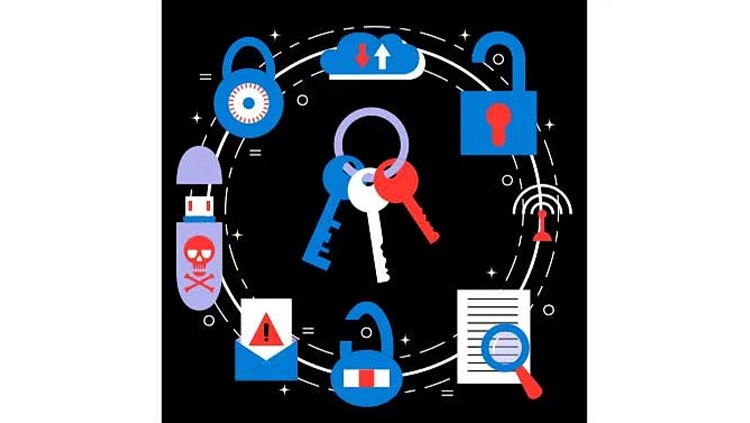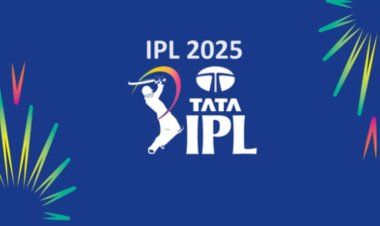Marketers Strategize Against Digital Ad Fraud: AI, Councils, and Caution
Industry Leaders Rally to Address Escalating Ad Fraud Threats with Swift and Smart Strategies, Mitigating Losses and Preserving Digital Advertising Integrity

In a recent report by Juniper Research, global digital ad fraud is on the rise, posing a threat to the Indian advertising sector. The report predicts that 22% of total digital ad dollars (approximately $84 billion) and nearly a third of mobile marketing dollars will be lost to ad fraud in 2023. India is projected to lose 3% of its digital ad spend to frauds by 2028.
Ad fraud's impact on digital ad campaigns is substantial, costing the global advertising market $84 billion this year. Factors contributing to the growth of ad fraud include the rapid shift of ad spend to digital advertising in India, now accounting for 45% of total ad spend.
Ad fraud isn't limited to specific platforms; it affects various channels, including social media, connected TV, and emerging platforms like podcast-audio. According to DoubleVerify, audio fraud has incurred costs of up to $1 million per month for marketers over the past few years.
As ad fraud becomes more sophisticated with advancements in machine learning and artificial intelligence, both brands and publishers are challenged to combat it effectively. A proposed solution is a gradation system for ad placements based on relevance to optimize budgets.
The lack of transparency, the absence of government norms, the vastness of the digital landscape, and the sheer volume of advertisements make it challenging to identify and prevent ad fraud instances. High-profile media events such as the IPL and the World Cup witness a surge in fraud cases when brands invest heavily in advertising for customer acquisition.
Tech giants like Google and Facebook claim to invest significantly in addressing ad fraud. They utilize automated detection systems, machine learning, and algorithms to protect their ad platforms. Meta, in partnership with IAS, introduced ad measurement tools to enhance viewability and invalid traffic measurement on Facebook and Instagram Reels. However, marketers and digital agencies believe that tech giants should do more to safeguard their interests.
A multi-pronged approach to tackling ad fraud includes leveraging digital out-of-home (DOOH) in ad strategies, AI solutions, and technologies like machine learning, artificial intelligence, and blockchain to detect and prevent fraudulent activities. Continuous adaptation, industry collaboration, transparency through blockchain, and advocating for stricter regulations are essential to mitigate ad fraud effectively.
Experts also recommend the formation of an "Ad Council" to develop and implement tools that ensure standardization and parity across multiple publishing sites, promoting transparency and accuracy in marketing efforts.

 Sumit Rawat
Sumit Rawat 










